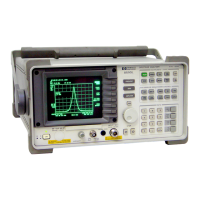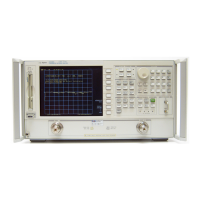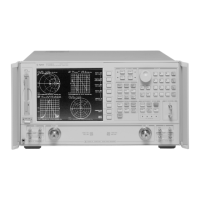What is Time Gating?
Time gating is only available in Vector, Analog Demodulation, and Wideband CDMA
instrument modes.
Note This chapter describes time gating for Vector and Analog Demodulation. To learn
how time gating works for Wideband CDMA, see the Wideband CDMA Concepts
chapter.
Gating allows the instrument to isolate a portion of a time record for further
viewing and analysis. Time gating is often used to analyze non-stationary signals or
portions of stationary signals such as burst signals from devices such as videotape
recorders, computer disk drives, TDMA commmunication bursts, or ultrasonic
tranducers.
Time gating lets you see a large time domain signal, only part of which you want to
analyze. From the larger displayed signal you can easily isolate a portion for
further analysis.
You can see an example of how to set up a basic burst measurement in “Using
Gating to Characterize a Burst Signal” in the Getting Started Guide. You can see
examples of how to use gating for specific types of measurements in “Making
On/Off Ratio Measurements” and “Characterizing a Transient Signal” in this book.
These examples use baseband analysis, but gating works equally well for zoomed
measurements.
For details on the use of the various keys related to time gating, display Online Help
for the specific keys.
Gating Concepts
21 - 2

